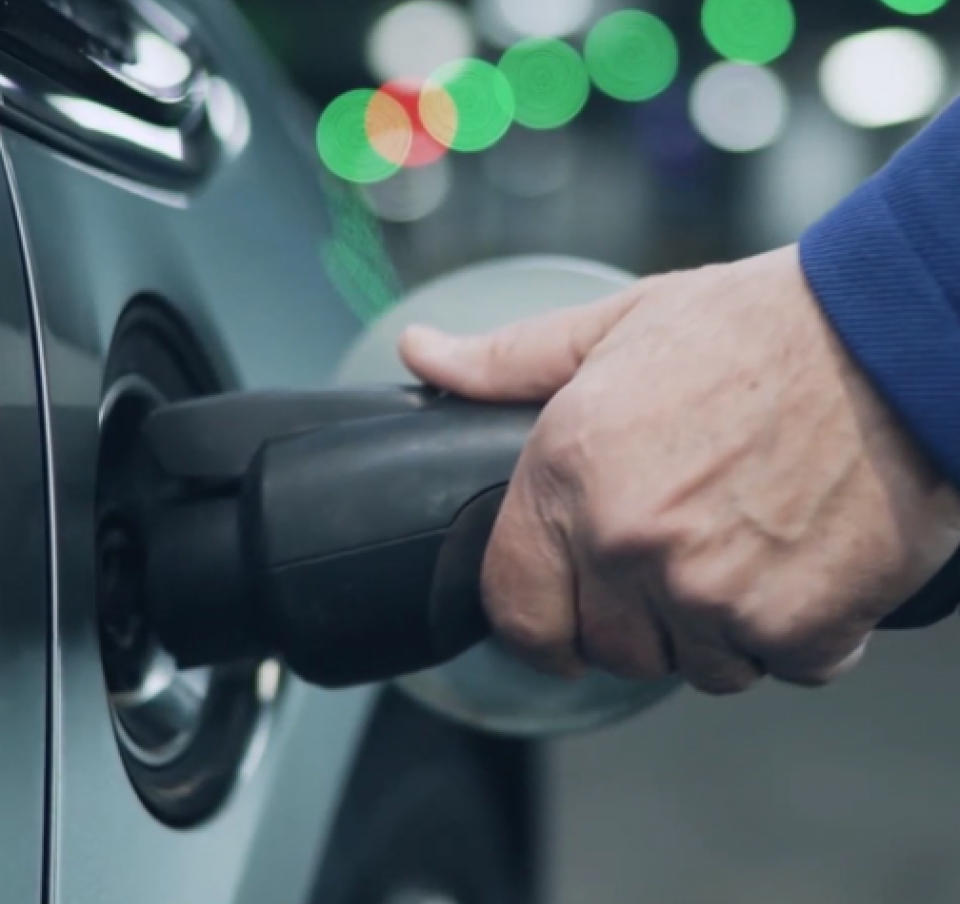How can we ensure responsible consumption at every stage of the life cycle?
Resource efficiency is about more than conserving resources such as water or energy consumption. Responsible consumption and use extends to many more types of resource and can be applied to every phase of the life cycle.
Steel production and its use in the manufacture of vehicles consumes various forms of energy as well as a range of bulk products and chemicals. Body-in-white or component manufacture requires energy during the press-forming or welding processes, and consumes chemicals such as lubricants. There is also waste in the form of material losses from these processes.
Resource efficiency can contribute significantly to a reduction in CO2 emissions. All resources have a carbon footprint, and by consuming less, the overall CO2 impact can be reduced. Conserving resources with a high carbon footprint, for instance through waste reduction, is especially effective in reducing overall CO2 emissions.
At Tata Steel we are always looking for ways to improve the resource efficiency of the products and services that we offer our customers. This extends to all phases of the life cycle - not just manufacturing, but during the use-phase and at end of life.

Resource efficiency in action: enhanced products for sustainable vehicle production
There are many ways in which manufacturing and press shop performance can be enhanced through substrate or coating, including improvements in yield performance, right first time, reduced tool pollution or tool wear, and reduced resource usage.
Opportunities to enhance material utilisation (yield performance) include improved nesting of parts from very wide coil material, and directly reducing yield losses by reducing trimming process losses.
Forming with MagiZinc® means significantly less tool pollution, resulting in fewer stoppages for tool cleaning and an improved right-first- time rate. MagiZinc® coatings also enable resource efficiency through their 50% reduction in zinc content while still achieving the same corrosion resistance.
While light-weighting is primarily aimed at use-phase benefits, it also offers a direct resource efficiency benefit in that less material is used, with a proportional reduction in embodied carbon.
Integrated solutions for the next generation of sustainable vehicles
The future lies in near zero use-phase CO2 emissions, via a path of electrification that runs from internal combustion engines to hybrids, and then to full battery electric vehicles (BEVs).
Tata Steel offers a fully integrated range of products to meet the requirements of electrification to support the next generation of sustainable vehicles.
Electrical motor steels contribute to use-phase resource efficiency because they directly contribute to the efficient use of each battery charging cycle.
Hi-Lite advanced electrical steels, processed to very thin gauges with carefully controlled microstructure and mechanical properties contribute to excellent in-service material performance. This translates directly to enhanced motor performance, optimising energy usage and extending EV range.

Tata Steel operates some of the most efficient steel plant in the world
As a responsible business, Tata Steel recognises its obligations to conserve resources. Improving resource conservation directly translates to reducing the embodied carbon of our automotive products.
Responsible steel manufacturing also encompasses the production of automotive steel products from secondary sources - i.e. from iron that has already been extracted from ore - in the form of ferrous scrap. Tata Steel has always recycled large quantities of scrap: more than 1.5Mt per year. But we acknowledge the need to go further in terms of the circular economy and the consumption of scrap, and to reduce dependency on iron ore.
We are particularly focused on closing the automotive steel product loop whereby scrap generated during body-in-white or part manufacture, or from end of life vehicles, can directly be consumed in our process and re-manufactured back into new automotive steel. This requires the processing of zinc-coated scrap. Our aim is to enhance the circularity of both steel and zinc by increasing the quantity of each from secondary sources in our automotive products.
By enhancing the circularity of both steel and zinc, we can directly reduce CO2 emissions and hence the embodied carbon of our automotive steel products.
How can we achieve further separation of resources and enhance end-of-life recovery?
Recycling rates for automotive steels exceed 97%, but it is still possible to improve on this. Because zinc and steel have a symbiotic relationship, it is important to recover zinc as well as steel for future generations.
Even recovery processes need to be considered in terms of resource efficiency - e.g. how much energy is required to recover, separate and extract steel and zinc from pre-consumer or end-of-life scrap - and their recovery rate.
At Tata Steel we are focused on enhancing the recovery of both steel and zinc. Through our HIsarna process, we plan not only to reduce CO2 emissions during steelmaking, but to recover zinc in a highly efficient and low CO2 manner.

For automotive downloads
-such as brochures, case studies and data sheets-
please click below:

EN-Automotive-Contact-General sales TSUK
Enquiries and customer services
Please contact us for further information, questions and enquiries.
Tata Steel
Llanwern Works
Newport
NP19 4QZ
United Kingdom














































































































































































